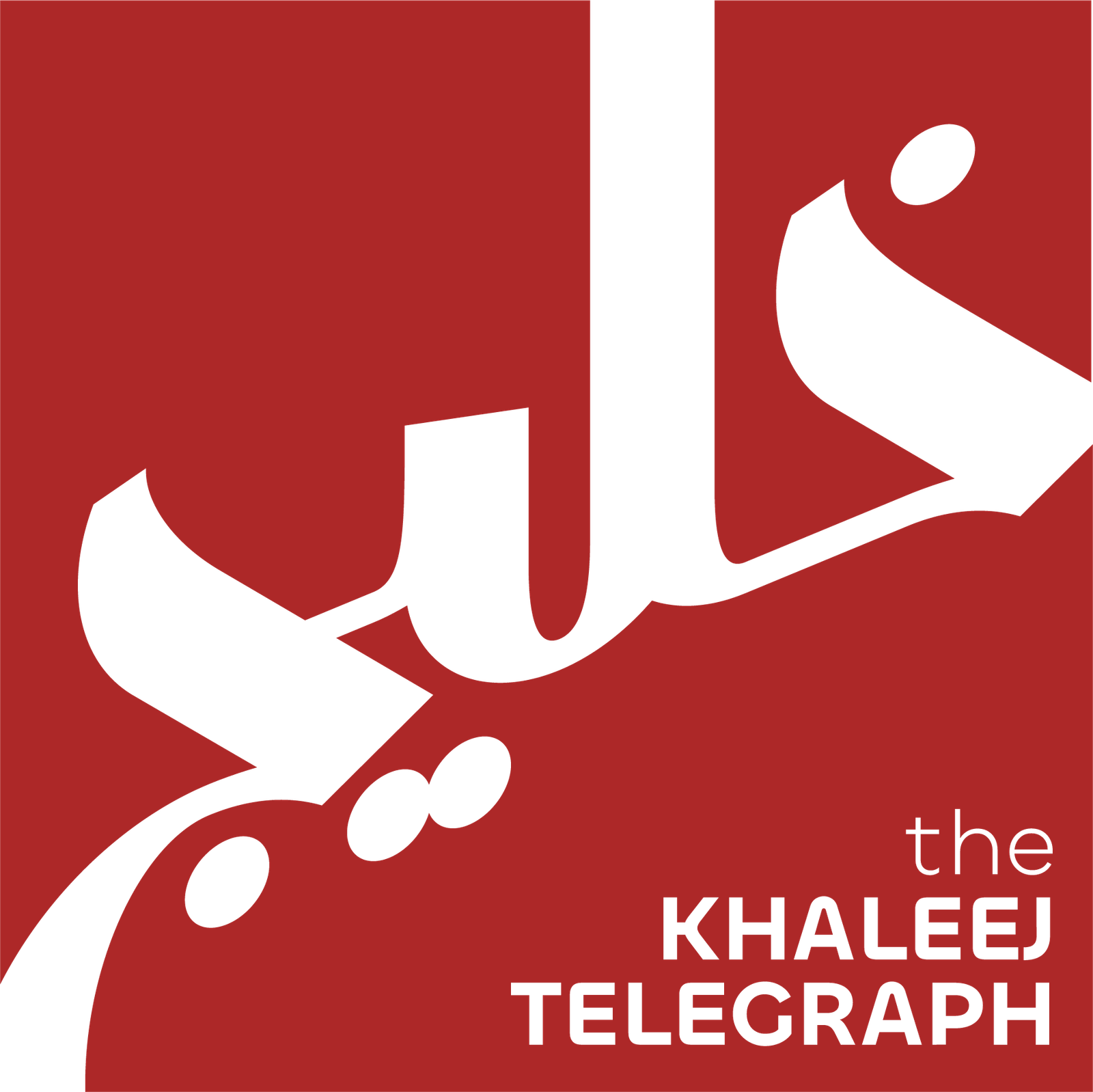Gulf stock markets continue to reflect the sensitive response of Gulf markets to global cues. Early trading on Tuesday showed mixed results. Weak oil prices and uncertainty over U.S. Federal Reserve rate cuts shaped investor sentiment across the region.
The Federal Reserve cut interest rates for the second time this year last week. However, Chair Jerome Powell indicated another reduction this year is not guaranteed. Market participants now see only a 65% chance of a December rate cut, down from over 90% before his comments. These U.S. monetary policy shifts directly influence Gulf markets, where most currencies are pegged to the dollar.
In Saudi Arabia, the benchmark index rose 0.2%, helped by a 1.1% gain in Saudi National Bank and a similar increase in Aramco. Aramco reported a third-quarter net profit of 101.02 billion riyals ($26.94 billion), slightly down from last year. Nevertheless, the company raised its 2030 gas production capacity growth target to 80% above 2021 levels, up from 60%. This move reassures investors and highlights the sensitive response of Gulf markets to global cues.
Elsewhere in Saudi Arabia, Saudi Telecom Company gained 0.9% after reporting higher quarterly revenue. The kingdom’s non-oil private sector also recorded strong growth in October, as new orders and hiring surged.
In Abu Dhabi, the index rose 0.3%, aided by a 3% jump in Aldar Properties. The developer had fallen sharply in previous sessions due to reports that Alpha Dhabi planned to sell part of its stake. Conversely, Dubai’s main index slipped 0.1%, dragged down by a 1.8% decline in Emirates NBD, the top lender.
Qatar’s index fell 0.1%, with Qatar Islamic Bank declining 0.7%. The region’s mixed performance followed a drop in crude oil prices after OPEC+ paused output hikes in the first quarter, signaling potential oversupply.
Overall, the sensitive response of Gulf markets to global cues demonstrates how oil prices, U.S. policy, and regional economic activity remain closely linked. Investors are cautious, balancing oil sector gains with financial and telecom developments.
Gulf markets are likely to remain volatile as global signals continue to influence investor sentiment. Saudi Arabia, the UAE, and Qatar must navigate these conditions while sustaining growth across oil and non-oil sectors.


